To relieve poverty in Madagascar

English
Water scarcity is a serious issue in the world and especially in Madagascar.
Many actions have been taken : to organize the rain pipe and its good use, to educate on sanitation, hygiene to avoid open defecation, to advocate for the use of dry toilets.
Change management on human waste issues is still challenging and awareness raising is ongoing. We have two models of dry toilets in place : a basic one with the use of wooden chip to eliminate unwanted odors, one with a liquid and solid separator the use the urnes as a fertilizer. Both methods will go to the compost bin for the garden.
Why is this a sustainable decision? We can avoid wasting drinking water, rare on our hill of Ambohibe to flush our toilet. We have preserved the water for other purposes, so as not to pollute it any more.
This lack of water is at the origin of many of our concerns, like a heavy and inefficient sewage treatment and an overflowing and unmanaged wastewater. By doing this, we solve the problem of the loss of humus to the soil and we stop using expensive and complex chemical fertilisers.
How much water is being saved? A toilet flush wastes 9 litres of water per use, 36 litres of water per person per day, i.e. a total of about 12m3 per person per year. After composting, the dry toilet with its urine and faeces separation tank returns the benefits to the soil: the circle is complete!
Madagascar is a clear frontline victim of global warming, deforestation and the lack of rainfall for many years especially in the south. We have two environmental education projects in place to help the country cope and to involve children in the preservation of the planet.
Permada
The Permaculture for Children project aims to promote a new vegetable gardening technique to produce food like pulses including beans, lentils and peas but also all vegetables to ensure food sufficiency for families.
In a nutshell, permaculture is a process of restoring the land that was originally desertified, by building a mound, a branch of dry leaves covered with dry vegetation. The result is the creation of humus and very fertile topsoil, which will prevent the use of chemical fertilizers.
Launched in 2017 in Ambohibe, this is a prototype project that aims to achieve food self-sufficiency and replicate these practices in families. In the fourth year of this project, we hope to achieve a positive economic return, other than the satisfaction of passing on a new technique to produce abundant healthy food without chemicals.
Our site #4 in Anjozorobe with four hectares of land is experimenting this technique as well.
We have been able to increase productivity and production despite drought, floods and hurricanes.
Silva project
We are focusing on environmental education, raise the awareness on climate change, especially on the value of trees in offsetting greenhouse gases.
This is a dream come true: to help build an edible forest in Madagascar, by planting tropical trees suitable for the country. In 2021, 54 children and 21 educators came to green our new site in Anjozorobe. The first layer of large, tall trees on the five heights that make up an edible forest: Acacia, Ash, Murier, Melia, Jacaranda, Citrodora, Moringa, Eugenia Jambolana.
Our site #4 in Anjozorobe with four hectares of land is experimenting this technique as well. We have been able to increase productivity and production despite drought, floods and hurricanes.
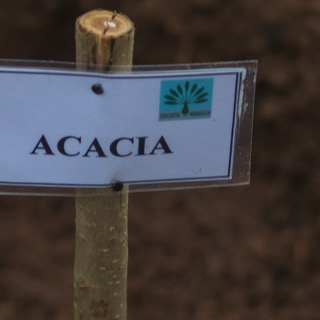
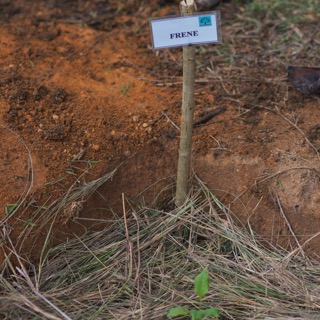
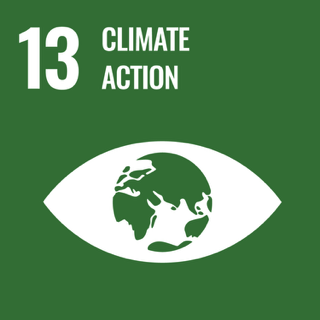
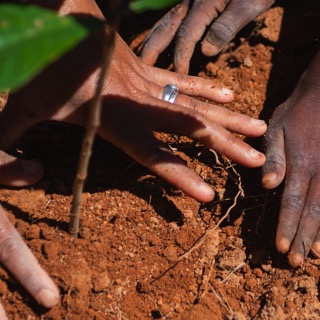
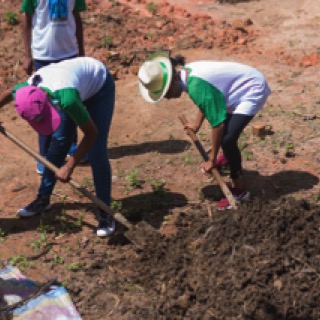
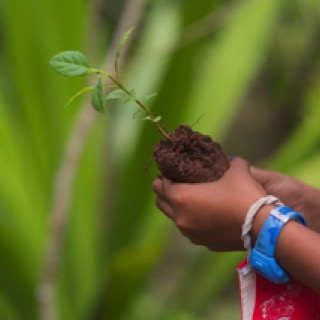
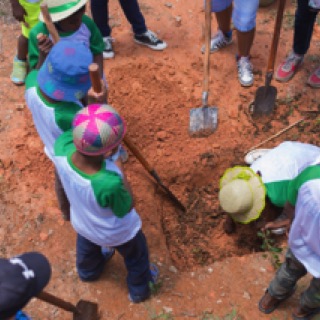
PERMADA
The Sustainable Development Goals 13
The Sustainable Development Goals 6
Wash project
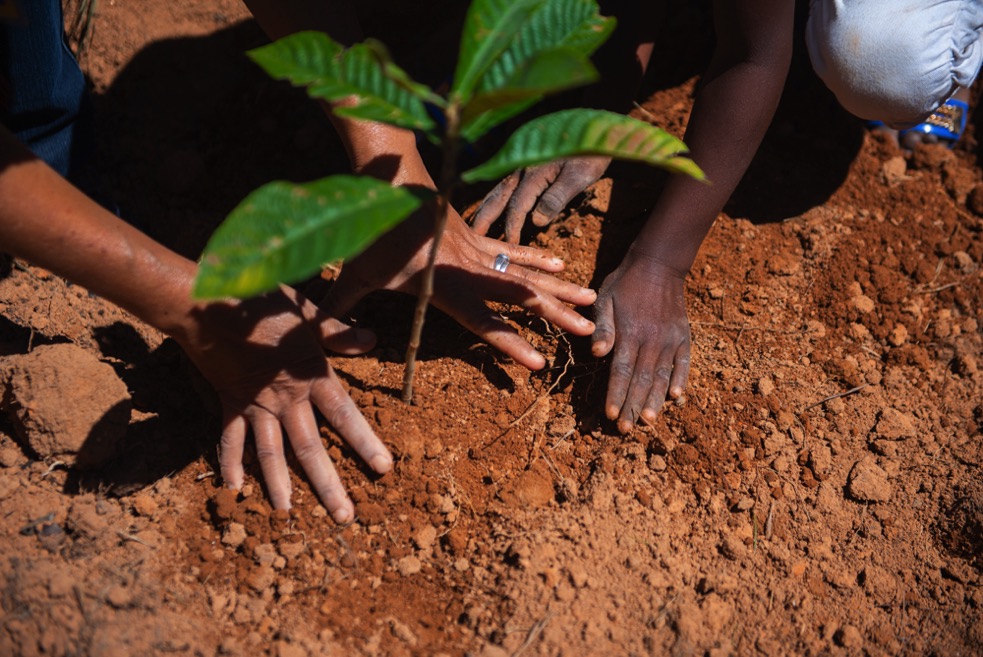
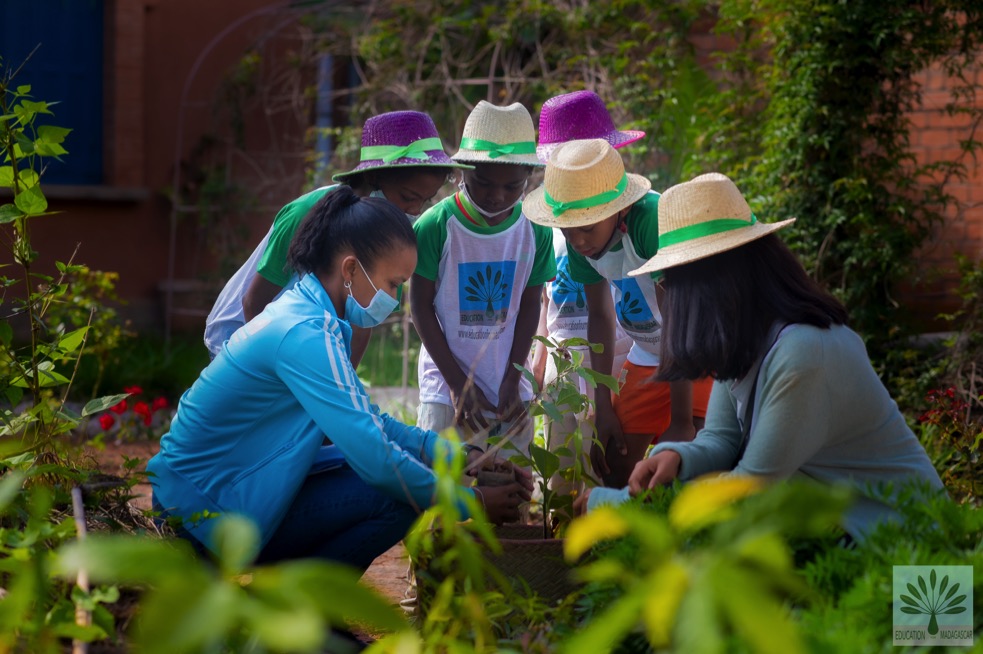
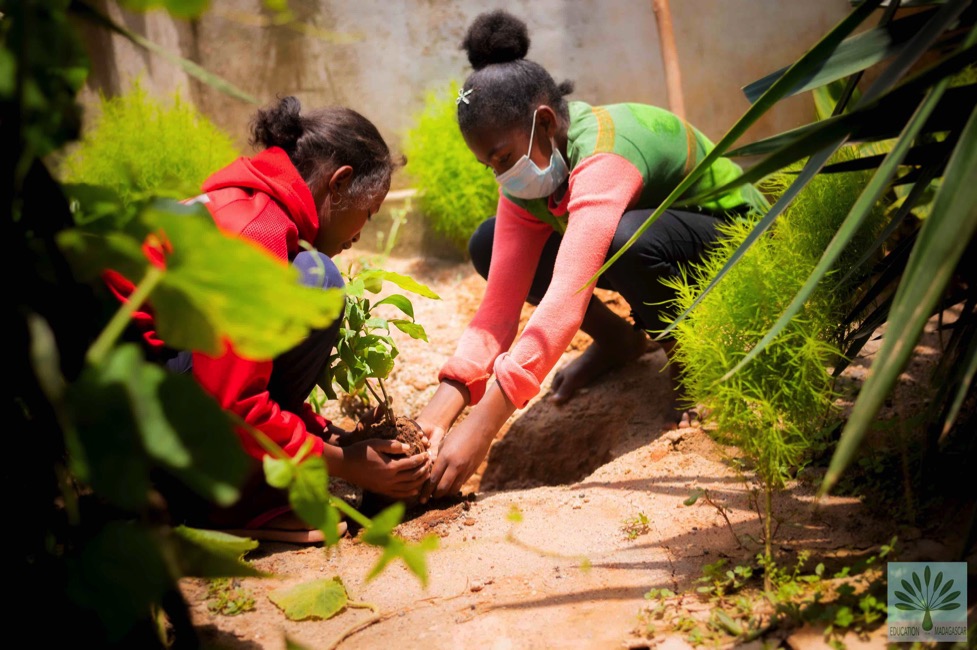
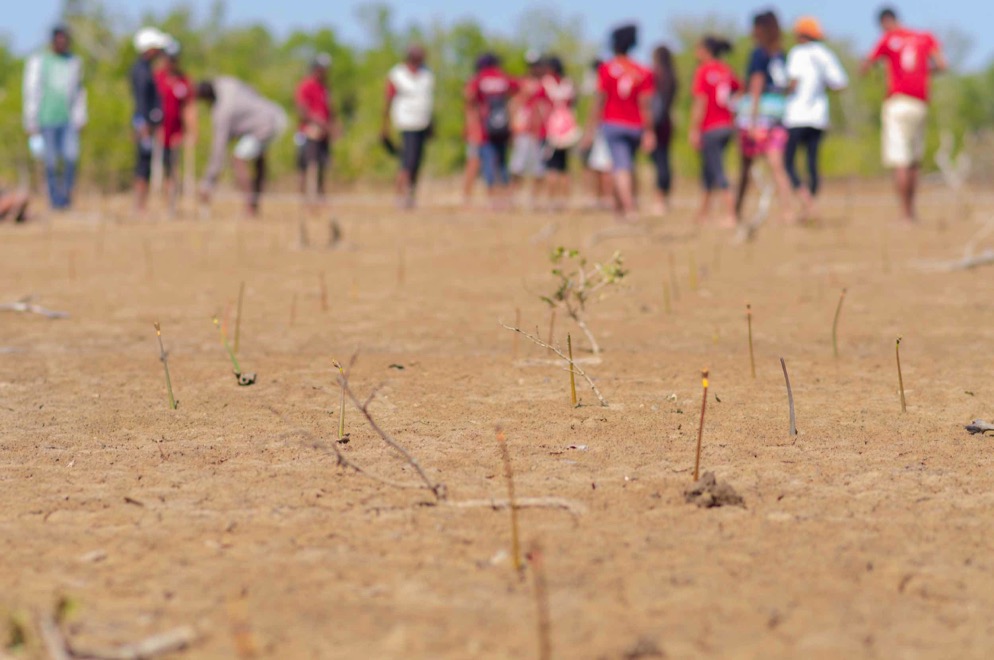
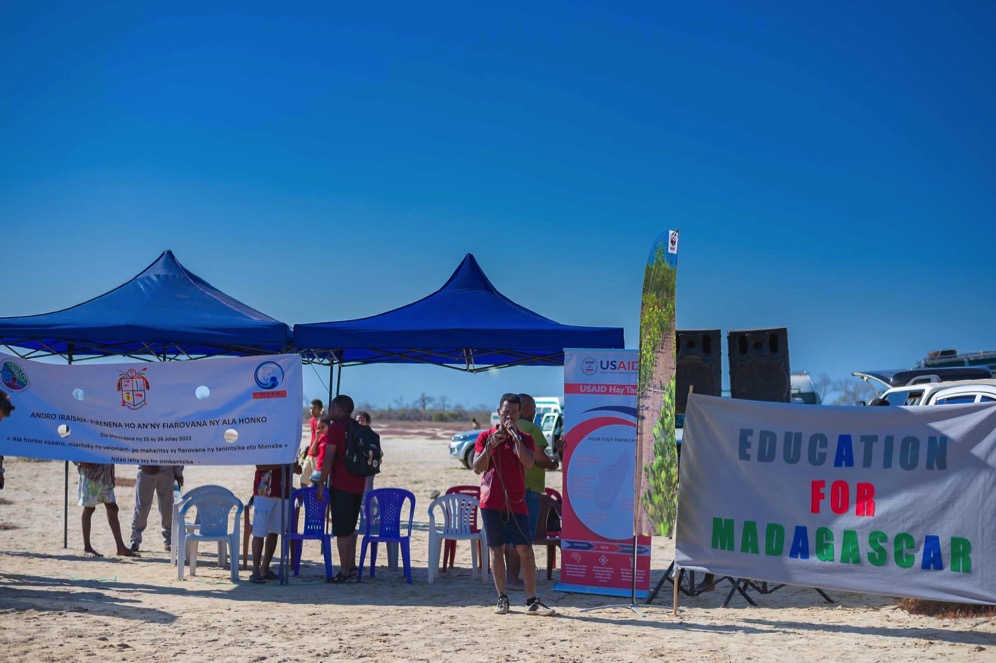
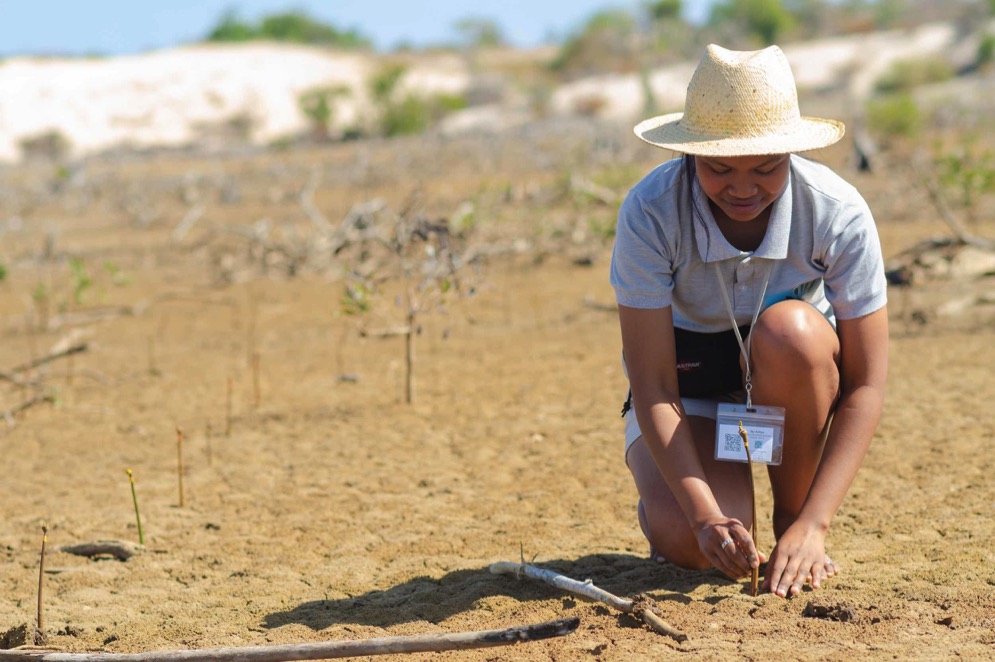
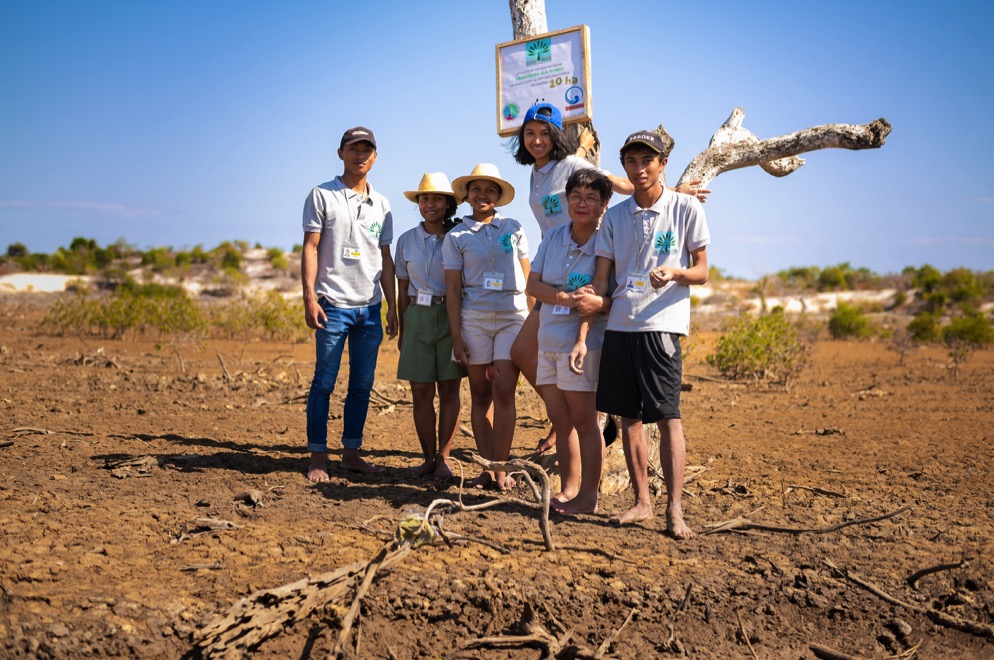
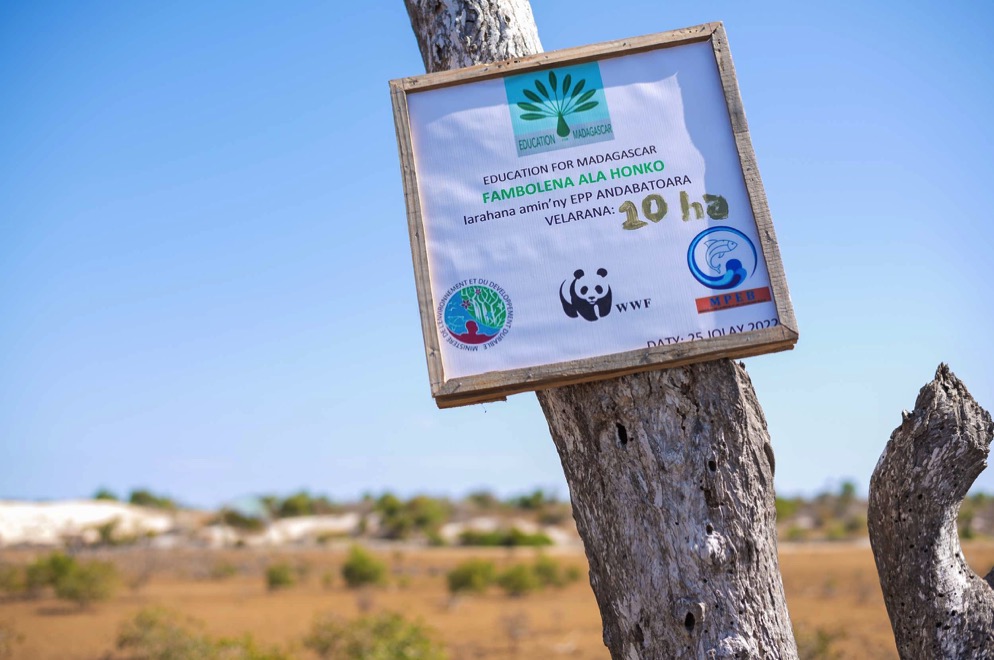
Mangrove ecosystems are highly effective carbone sinks.
Sequestering vast amounts of carbon within the soil, leaves, branches, roots, etc.
500-meter mangrove strip reduces wave heights
by 50 to 99 %
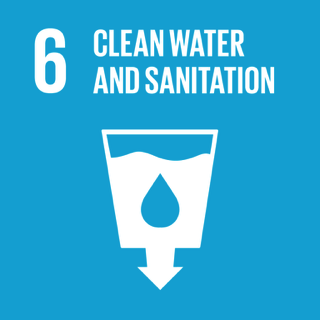
WASH
project
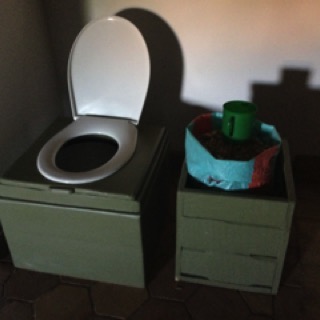
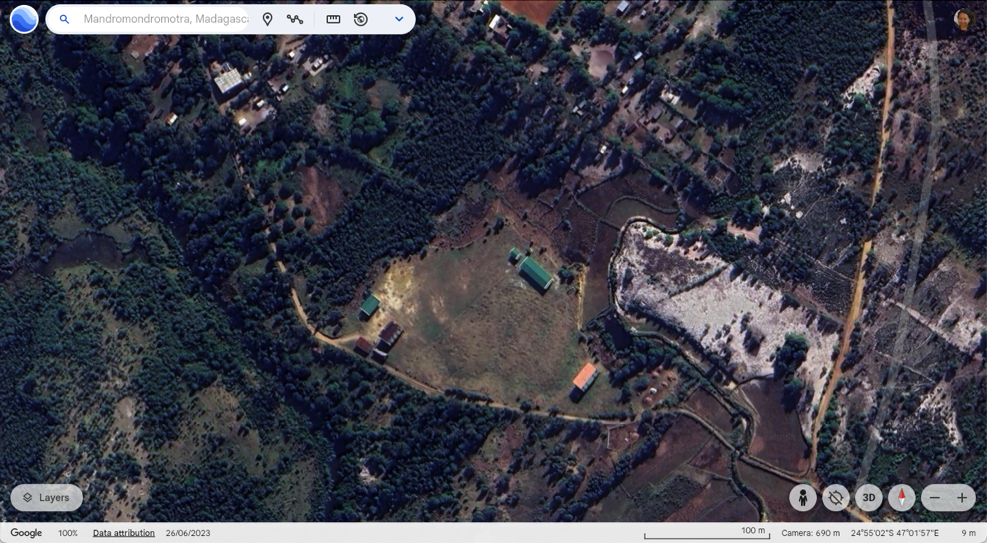
Our New WASH Site
Middle school with 300 students
In Southern Madagascar – Mandromondromotra Taolognaro
Installation of a Dry Toilet
and Creation of a Permaculture garden